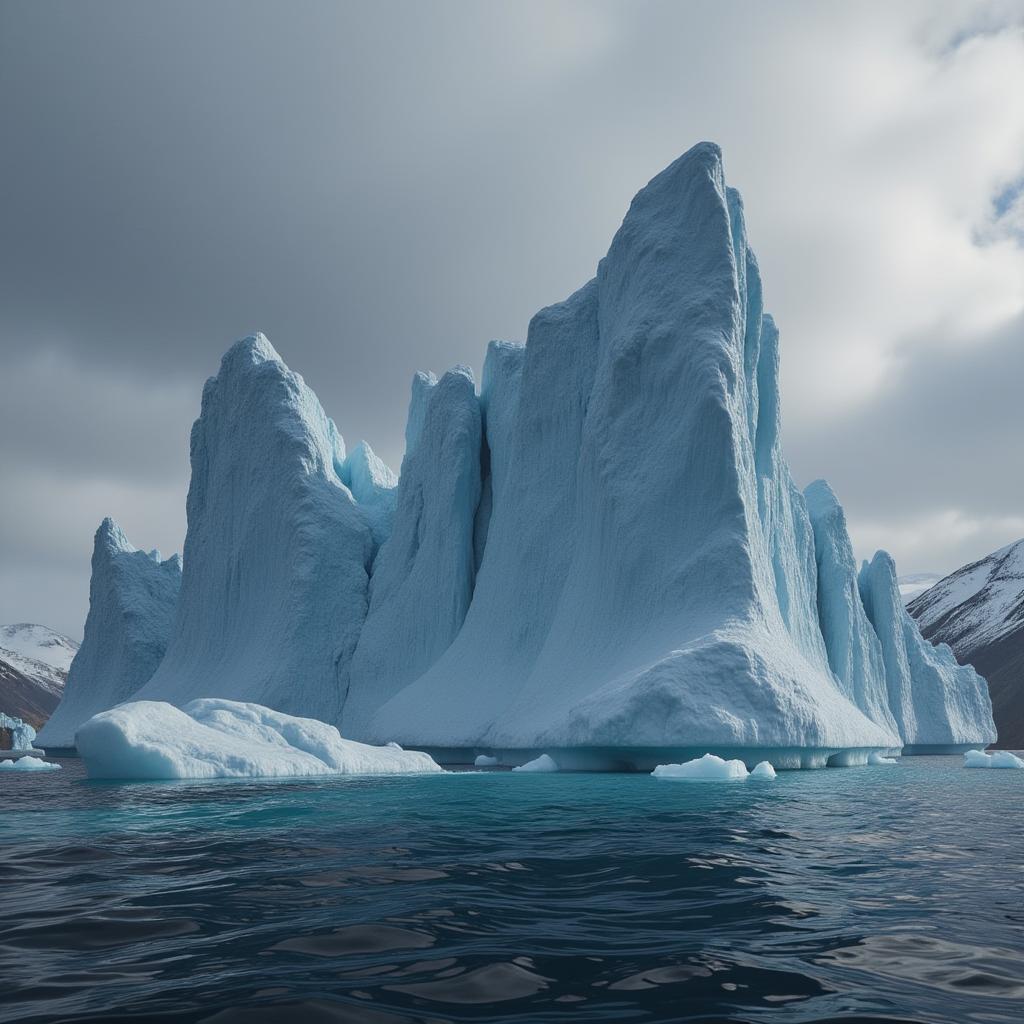
The world’s biggest iceberg, A23a, is on the move again, and experts are worried it might crash into South Georgia Island in the South Atlantic. This colossal chunk of ice, which broke off from Antarctica’s Filchner-Ronne ice shelf back in 1986, has been drifting north after getting stuck for decades on the Weddell Sea floor.
Recently, the iceberg shifted from spinning around an underwater mountain and is now being carried by ocean currents toward South Georgia, a remote British territory. Scientists tracking its path say it’s currently in a “meander” of the current but could soon head directly toward the island.
Measuring an incredible 3,672 square kilometers—slightly larger than Rhode Island and twice the size of London—A23a is no small threat. While icebergs like this naturally break off from Antarctic ice shelves, this one has held its shape longer than expected, unlike previous “megabergs” that broke apart sooner.
If the iceberg does reach South Georgia, it could cause serious problems. Local wildlife, like seals and penguins, rely on the island’s surrounding waters for food, and the iceberg might block their access. Shipping and fishing operations could also face hazards, especially in the dark when icebergs can appear “out of nowhere,” as one sea captain noted.
Scientists are keeping a close watch on A23a’s movement. While they don’t expect major long-term effects on the area’s rich biodiversity, they’re concerned about temporary disruptions. The island is home to one of the world’s largest Marine Protected Areas, making any disturbance a cause for worry.
This iceberg’s journey is a fascinating reminder of nature’s power and unpredictability—and a stark warning about the ongoing changes in Antarctica due to global warming. For now, all eyes are on A23a’s next move.
